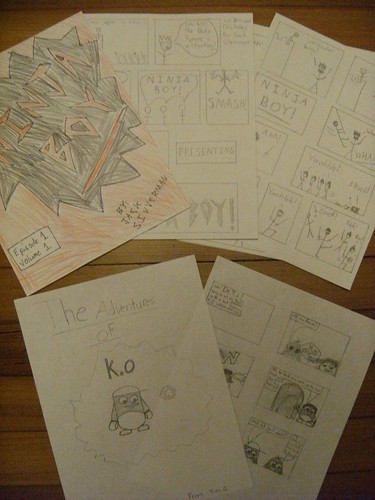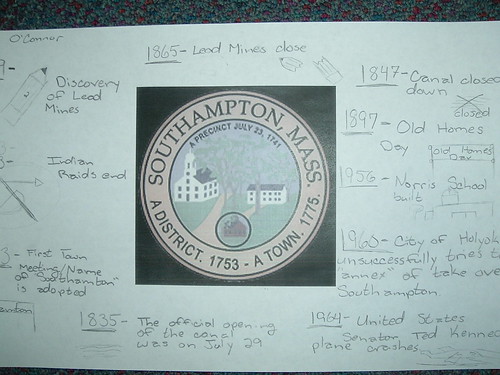
I finished What Technology Wants a few weeks ago and I am still trying to sort out all that writer Kevin Kelly postulates in this interesting book which takes a step back from technology and tries to articulate a larger understanding of the world around us and the future ahead of us. What technology wants, according to Kelly, is a symbiotic relationship of sorts, with us, in that we keep developing new ways of using technology as technology advances in order to provide us with new ways of using technology.
That’s the simplified version, in my own words, and Kelly makes it clear that technology– or the technium, as he refers to the “greater, global, massively interconnected system of technology vibrating around us (p.11).” — is not alive in a living, breathing sense. But by examining trends of technological advancements, in relationship to advancements in other biological fields, Kelly argues that there is a logical and somewhat predictable pattern to technology, even though we don’t know what is coming next or how that will affect us. Like living creatures that push forward over time, the technium is also on the same course, according to Kelly. In fact, one of the hallmarks of the technium is that new devices or tools that have significant impact on our lives are hardly ever used for what they were designed for. This unknown adaptability is key to the technium.
Kelly writes, “The technium gains its immense power not only from its scale but from its self-amplifying nature. One breakthrough invention, such as the alphabet, the steam pump, or electricity, can lead to further breakthrough inventions, such as books, coal mines and telephones. These advances in turn led to other breakthrough inventions, such as libraries, power generators and the internet. Each step adds further powers while retaining most of the virtues of the previous inventions (p. 38).”
The meaning behind the phrase of “what technology wants” is that it wants to keep moving forward, according to Kelly, by providing us humans with the tools for adapting technology for our own needs. There’s a certain circular pattern to this argument, which Kelly admits to. He cites Moore’s Law (of smaller, more powerful, technology) and other data models to show how the trends of technology is marching ahead on a mathematical curve. But, Kelly notes, this whole notion of technology being on par with biological trends is complicated — this idea of technology wanting something — and he sees three forces at work:
- The concept of preordained development — that technology is designed to always improve itself and become more advances, and more ubiquitous;
- The influence of technology’s history — that what has come before it is what shapes the present and lays the groundwork for the future
- The free will of us, the people — our choices in how we use the technology is critical is what technology becomes.
Kelly does not always view technology through rose-colored glasses. In fact, he profiles a number of examples of how people can and should step back from technology in their lives, if only to gain some perspective on how it shaping what we do and how we think. He uses examples such as the Amish, who resist the lure of technology for cultural reasons and yet, they are adaptable to using what suits them (as long as it is mostly “off the grid” technology).There is a whole chapter about Amish Hackers that is interesting to read, and shows how complicated the lives of the Amish can be in the modern world. And, it shows how our (my) perception of the Amish stuck in time is not even remotely accurate.
In the more controversial section of the book, Kelly also showcases The Unibomber’s manifesto as an articulate examination of the ways that technology is influencing our lives and the reasons for resisting the technium by shaping its progress ourselves. Kelly condemns the violent nature of The Unibomber, of course, but he says that some of what Ted Kacyznski wrote makes sense in terms of retaining some of our humanity as technology’s influence in our lives takes hold and expands. Kelly acknowledges, and then refutes, this view that technology “robs us of our humanity and steals our children’s future (p. 213).”
Kelly ends on a positive note, arguing that our relationship with the technium opens up new possibilities for our lives and for our ability to be creative, and expressive. “The technium expands life’s fundamental traits, and in so doing it expands life’s fundamental goodness … Technology amplifies the mind’s urge towards the unity of all thought, it accelerates the connections among people, and it will populate the world with all conceivable ways of comprehending the infinite (p. 359).”
Is that a bit much? Perhaps. But Kelly has always looked ahead at the bigger picture (first with Whole Earth, and then with Wired, and now with his various books) and while I sometimes found myself shaking my head at what he was writing, I was always thinking, always pondering. What Technology Wants will sure get you to step back and reflect on where technology is and where it is going, even if the path is uncertain.
Peace (in the reflective thought),
Kevin





